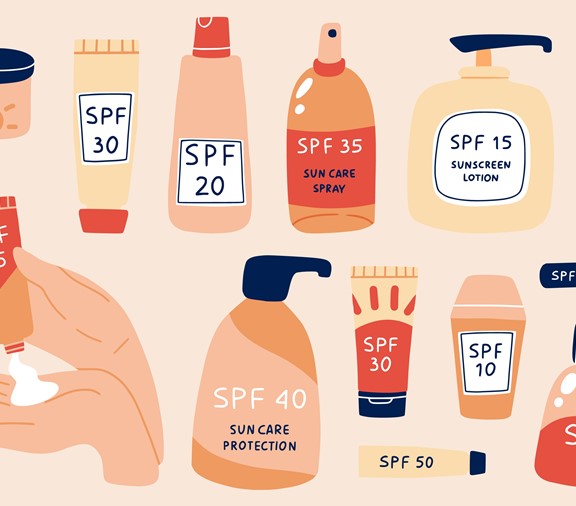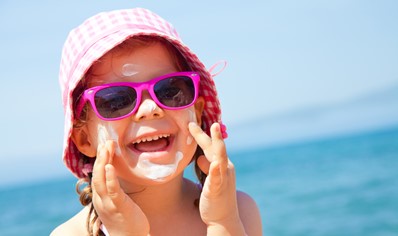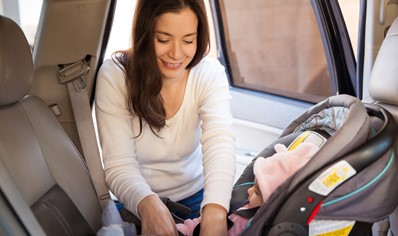
Skin cancer starts out small, but it can cause big problems.
The good news is that, with a little effort, you can prevent it from starting—or spreading.
Learn how to protect your family with these great tips.
What is skin cancer?
Skin cancer is an abnormal growth of skin cells. It usually starts on areas of the body that are exposed to sunlight. However, skin cancer can show up anywhere.
The most common type of cancer are:
- squamous cell carcinoma
- basal cell carcinoma
- melanoma
Melanoma is much less common than the other two types. However, melanoma is more deadly because, in later stages, it can quickly spread to the brain, bones, liver, lungs, and other parts of the body.
Who is at risk for getting skin cancer?
Anyone can get skin cancer, even teenagers. In rare cases, even children can develop it.
You have higher risk if you have:
- light skin and eye colors
- skin that burns, freckles, reddens easily, or becomes painful in the sun
- natural blond or red hair
- certain types and a large number of moles
- a family or personal history of skin cancer
- older age
Can people of color get skin cancer?
Yes. According to the American Academy of Dermatology Association, even people with brown and black skin can get skin cancer.
This includes people who are:
- African
- Asian
- Latino
- Mediterranean
- Middle Eastern
- Native American
By the time people of color discover a suspicious area of their skin and get a diagnosis of skin cancer from their doctor, it is often in a late stage—and harder to treat.
How to perform a skin self-exam
It’s important to catch skin cancer early. Protect yourself with a monthly skin self-exam.
Look for the following:
- new growths on your skin
- changes to moles, freckles, bumps, or birthmarks
- a dark spot or darker patch of skin that is growing, bleeding, or changing in any way
- a sore that doesn’t heal
- a sore that heals and comes back
- a sore inside a scar or on a past injury
- a patch of skin that feels rough and dry
- dark lines underneath or around a fingernail or toenail
Check your skin from head to toe, including:
- the top and back of your head
- the backs of and inside your ears
- your back
- the bottoms of your feet
- your palms
- toenails and fingernails
- lower legs, groin, and buttocks
Use a mirror or have a partner check hard-to-see areas for you.
Find something suspicious? Tell your doctor.
If you find a bump, spot, mole, or other area of skin that worries you, call your doctor right away. The sooner you get it checked, the faster you can get treatment—if needed.
Call the free 24-hour Nurse Line.
Have questions about what sunscreen is best for your child?
Are you feeling dizzy or weak—and worried you have a heat-related sickness?
Get professional help by calling the 24-Hour Nurse Line.
There is no cost to you for this Parkland Community Health Plan service.
- HEALTHfirst STAR Medicaid: 1-888-667-7890
- KIDSfirst CHIP/CHIP Perinate: 1-800-357-3162



